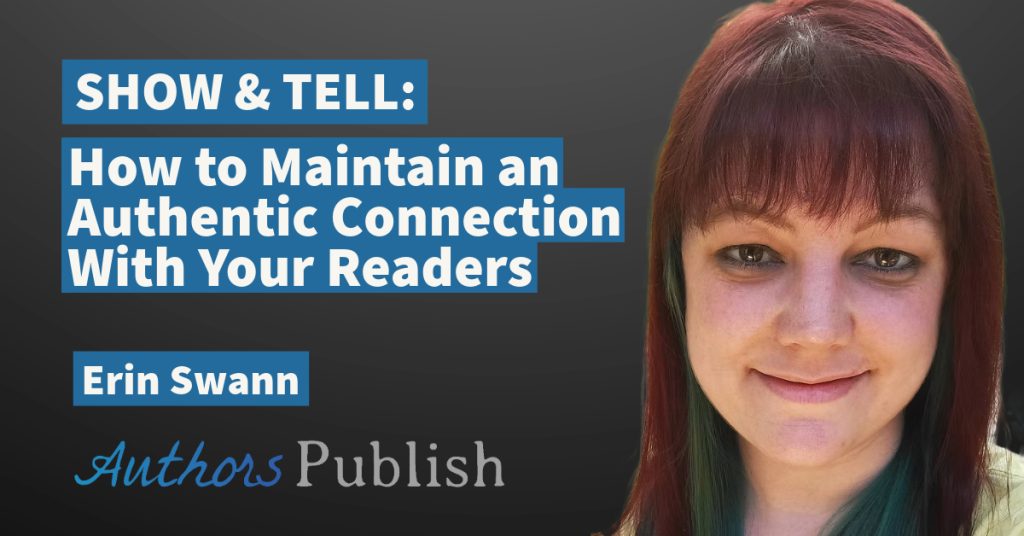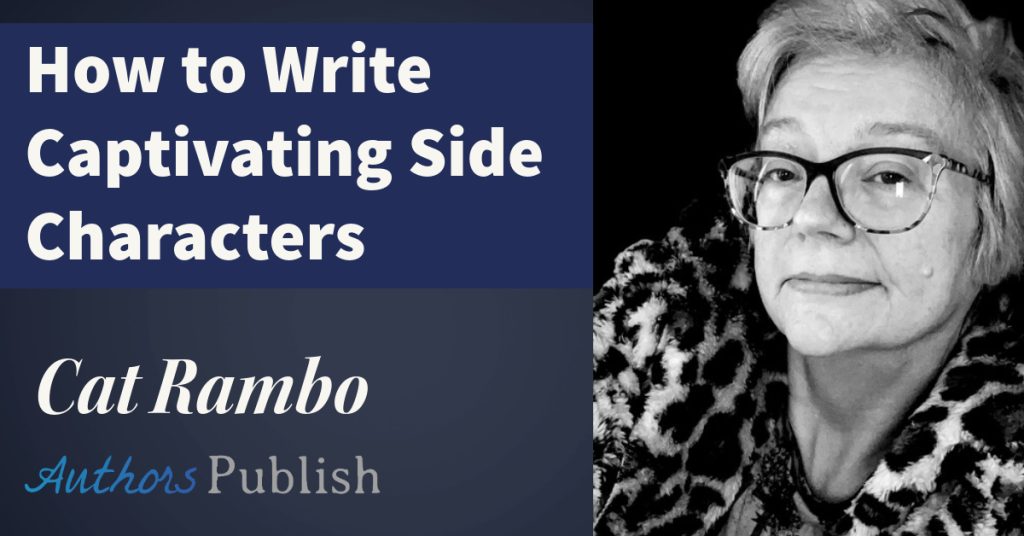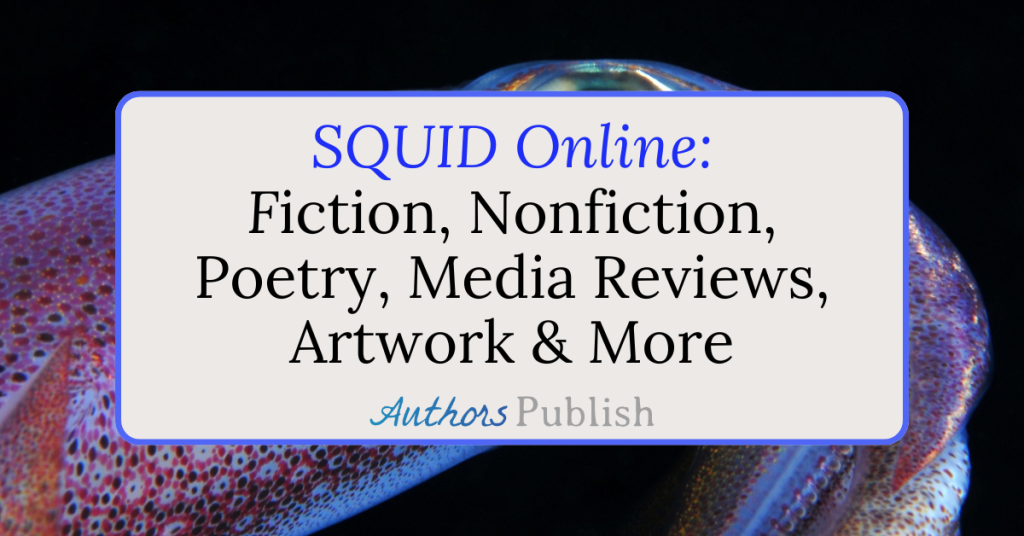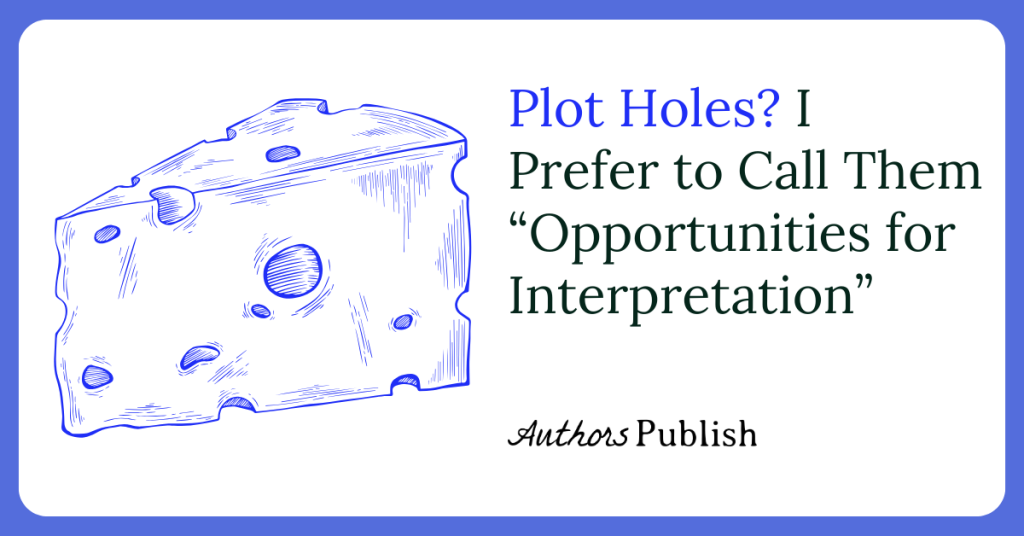Holly Garcia
When I first started writing fiction, I thought it was as simple as having a good idea. Sure, there would be characters involved in a particular setting. The plot I had in mind would send my readers on a journey, but once I got deeper into crafting my work, I realized how important it was to have a strong narrative arc.
What is the purpose of a narrative arc? What are the 5 elements you should cover from start to finish? How do your plot and narrative arc work together? Most importantly, when you get the narrative arc just right, how it will strengthen your story.
What is a narrative arc?
Every story ever told incorporates a narrative arc. In its simplest form, it encompasses the beginning, middle, and end of your story. Your arc isn’t to be confused with your plot. While both work hand in hand, they are not the same thing.
Your plot takes on the task of explaining it all. It will house your characters, their development, and what they’re going through. Your narrative arc, on the other hand, organizes your plot using 5 main segments. Let’s talk about the importance of your exposition, rising action, climax, falling action, and resolution.
Exposition
At the beginning of your story, when you lay the scene and give background information to give your reader context, we call it the exposition. Just like you may have gone to a trade expo or a craft expo to see what various vendors have to offer, the beginning of your story allows you to do the same.
Here you will paint your reader a picture and engage them in the premise of what your story is about. Is this a tale of romance or suspense? Does it take place centuries ago or in a dystopian future? Will your characters be facing an inner dilemma, or will conflict arise among the cast?
I find that historical fiction typically has very strong expositions. Authors of historical fiction have the burden of familiarizing their readers with different periods in time, sometimes spanning back decades or even centuries.
If the author of historical fiction doesn’t have a strong exposition, there is more potential that they will lose their reader in the book they are currently reading and other work going forward.
Rising Action
If your story is nothing but sunshine and rainbows, no matter how well you write it, it may not engage your readers the way you hope.
The rising action is some type of conflict around your characters. Another name for this conflict is the inciting incident; it is a problem to be solved or a series of events that will cascade into something more.
Climax
This is the moment your reader has been waiting for. In the climax, everything comes together. Books with effective climaxes have literally taken my breath away. Internal struggles and external conflicts come to a head while the protagonist is faced with a decision that will determine how the remainder of the book will conclude.
Falling Action
The falling action is one of the most important segments, in my opinion, as a reader. After the drama unfolds in the climax, you want to allow your reader to have all their outstanding questions answered. This is the perfect point to dot your I’s and cross your T’s, tying up any loose ends before your story comes to complete resolution.
An example I recently experienced, where I felt the author missed the mark in their falling action, was in the 4th book (out of 5) in a YA series. The three previous books followed a traditional narrative arc, leaving the ending never fully resolved. In the 4th book, the author chose to end the series by flashing forward through several years that contained impactful events that read as more of a synopsis. Skipping out on the falling action and jumping straight to resolution left me feeling disappointed with a rushed ending.
Resolution
In ending, the resolution to your book, things will come full circle for your characters. They will reflect on their experiences. You have an opportunity to show your reader their trials and tribulations, and their growth, or lack of it, and how it ultimately affected the outcome.
Keep in mind, even though this one book may be part of a series, it’s essential to provide a resolution for your characters at that exact moment in time. This doesn’t mean the ending has to be a happy one, but it should be a solid one. Providing your reader a satisfying ending will encourage them to continue exploring your next book in the series or more of your writing in the future.
Takeaways
Writing exceptional fiction takes much more planning than just having a good idea. Crafting a well-executed narrative arc can make the difference between a half-hearted review and a long-time loyal reader.
To craft the best version of your story, make sure your narrative arc can answer the following questions:
- Am I giving my reader enough background information on my characters to engage them and have them come along on their journey?
- What problem will my characters encounter? What’s the event or incident occurring that is triggering them to have to problem-solve?
- What is the pinnacle of your story? What have you been building up to this entire time? What about these scenes will take your reader by surprise or take their breath away?
- What loose ends do you have to tie up? Are there any questions you’ve left unanswered? Are you bringing your reader full circle with a satisfying ending?
- Is this where your character’s story ends? How have they grown? What have they learned? Is there another adventure you want to take your readers through with the same cast?
In this article, we’ve discussed 5 elements you should include from start to finish to execute an effective narrative arc. Nailing the exposition, rising action, climax, falling action, and resolution, you will be able to write a piece of fiction that satisfies your readers and keeps them coming back for more.
Bio: Holly Garcia is the author of a recently released poetry collection, All The Ways I Loved You, and is working through her debut historical fiction novel. For more creative inspiration, the writing life, and everything in between, subscribe to her weekly newsletter to keep in touch.






